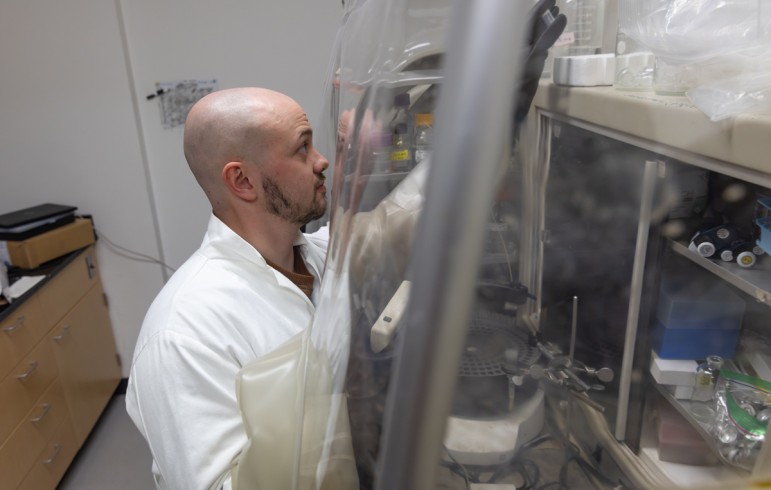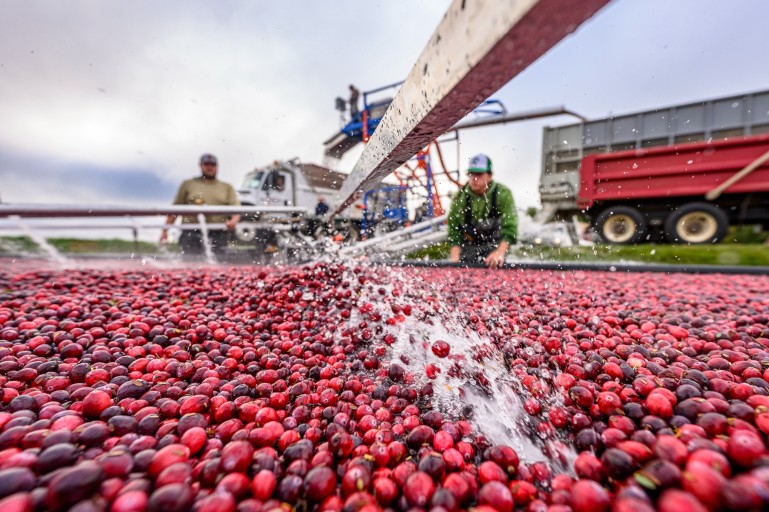To fully realize the potential of harnessing energy from the heat within the earth will require a far more detailed understanding of what’s going on down there than scientists currently have.
Generating enthusiasm for a new kind of technology is key to its long-term success. Rebecca Larson’s research team has already accomplished that goal in Uganda, where students at Lweeza’s Primary School have been known to yell “Biogas!
On February 5, 2015, the National Academy of Engineering (NAE) announced it has named two University of Wisconsin-Madison engineering professors to its 2015 class of new members.
After becoming a faculty member at UW-Madison some 13 years ago, Paul Wilson is a professor of nuclear engineering in the engineering physics department.
In spring of 2015, a Wisconsin Energy Institute (WEI) seed grant will help kick off an exciting new construction project at the Tantalus Lab in Stoughton, Wis., an off-campus research site owned by the University of Wisconsin–Madison.
In a paper recently published in the journal Energy & Environmental Science, a team led by chemical and biological engineering Professors
The industry-academic partnership aims to advance research, development and commercialization of energy storage technologies in a collaborative appointment among Johnson Controls, the University of Wisconsin-Milwaukee (UWM) and the Wisconsin Energy Institute (WEI) in the University of Wiscon



